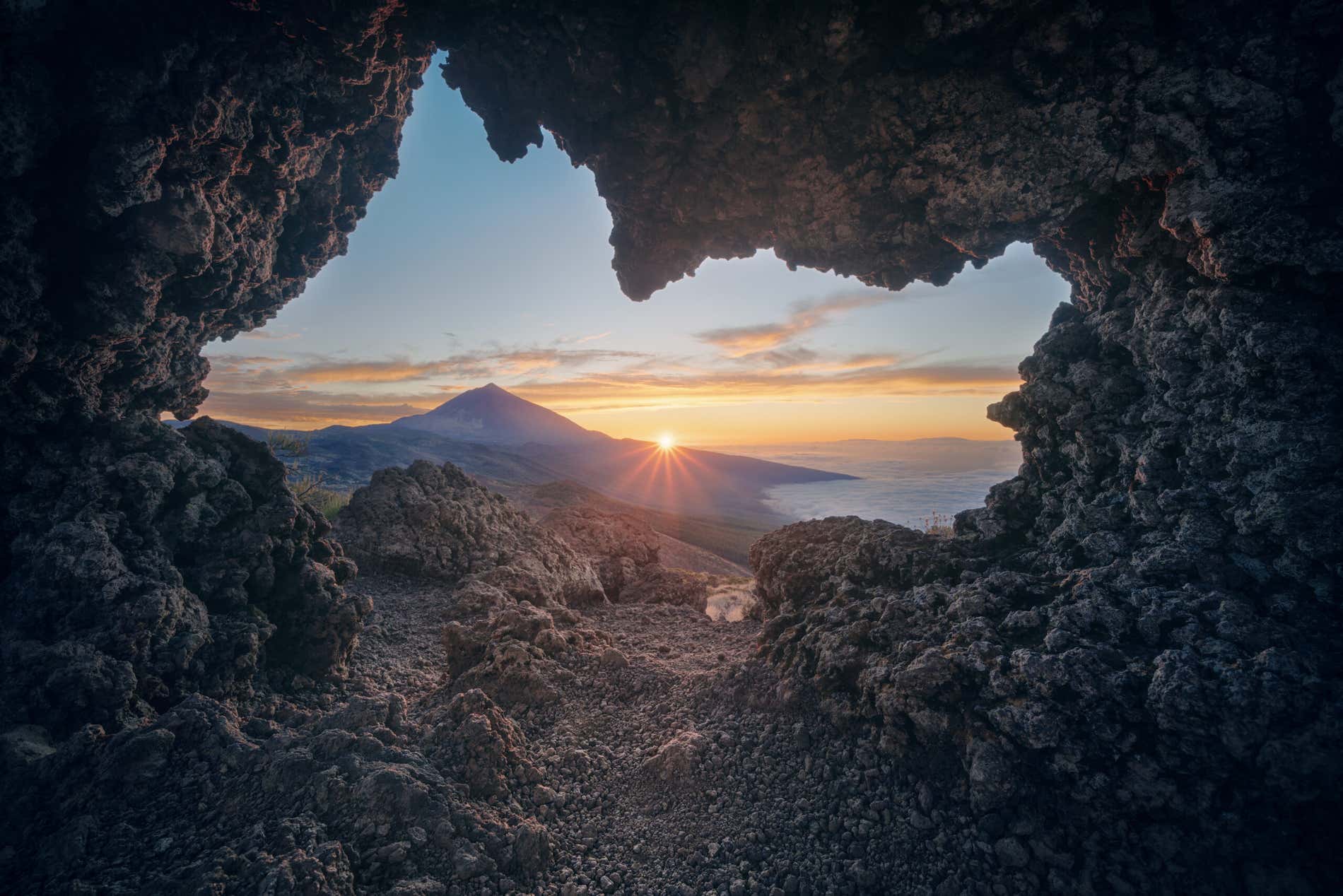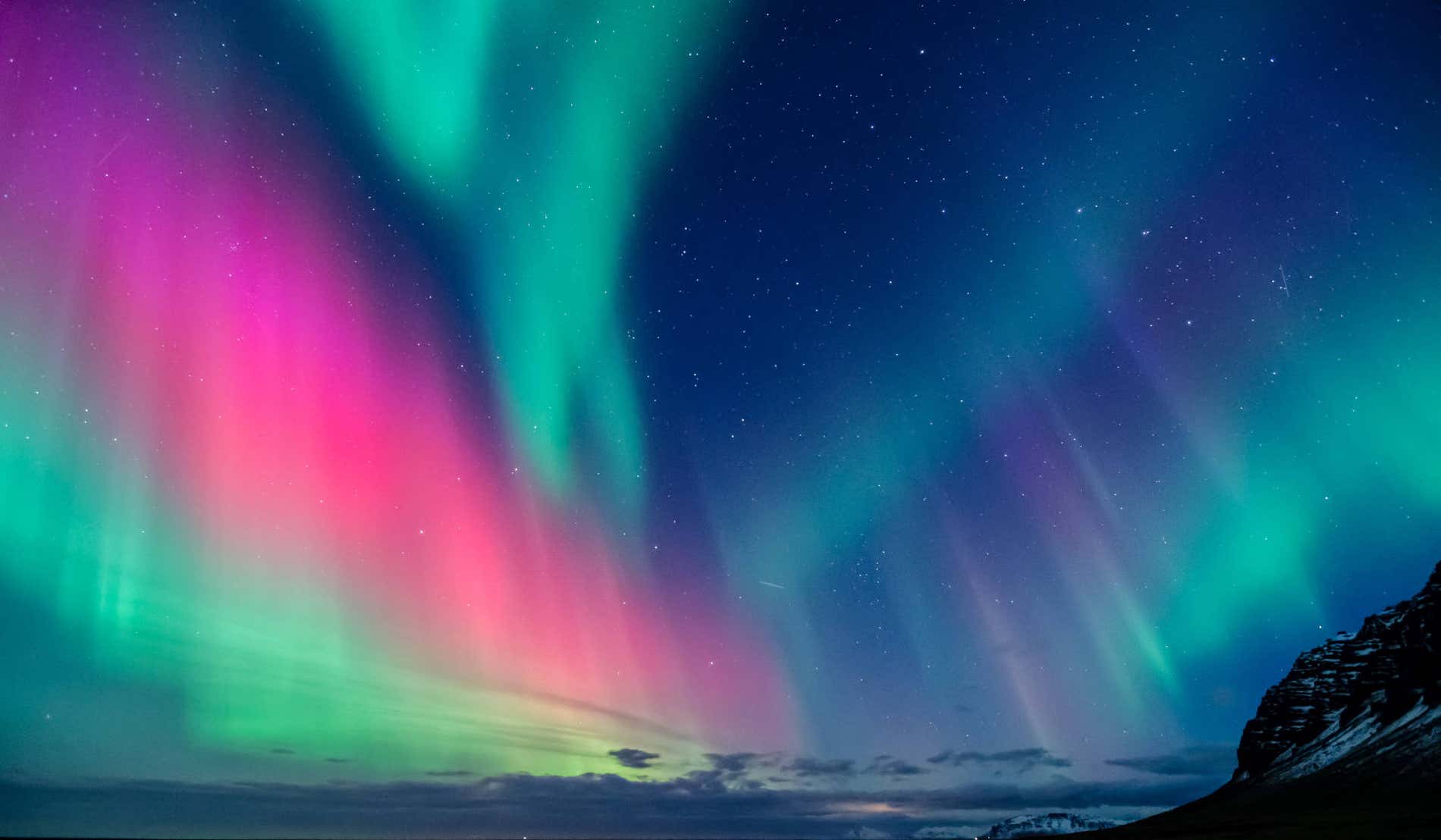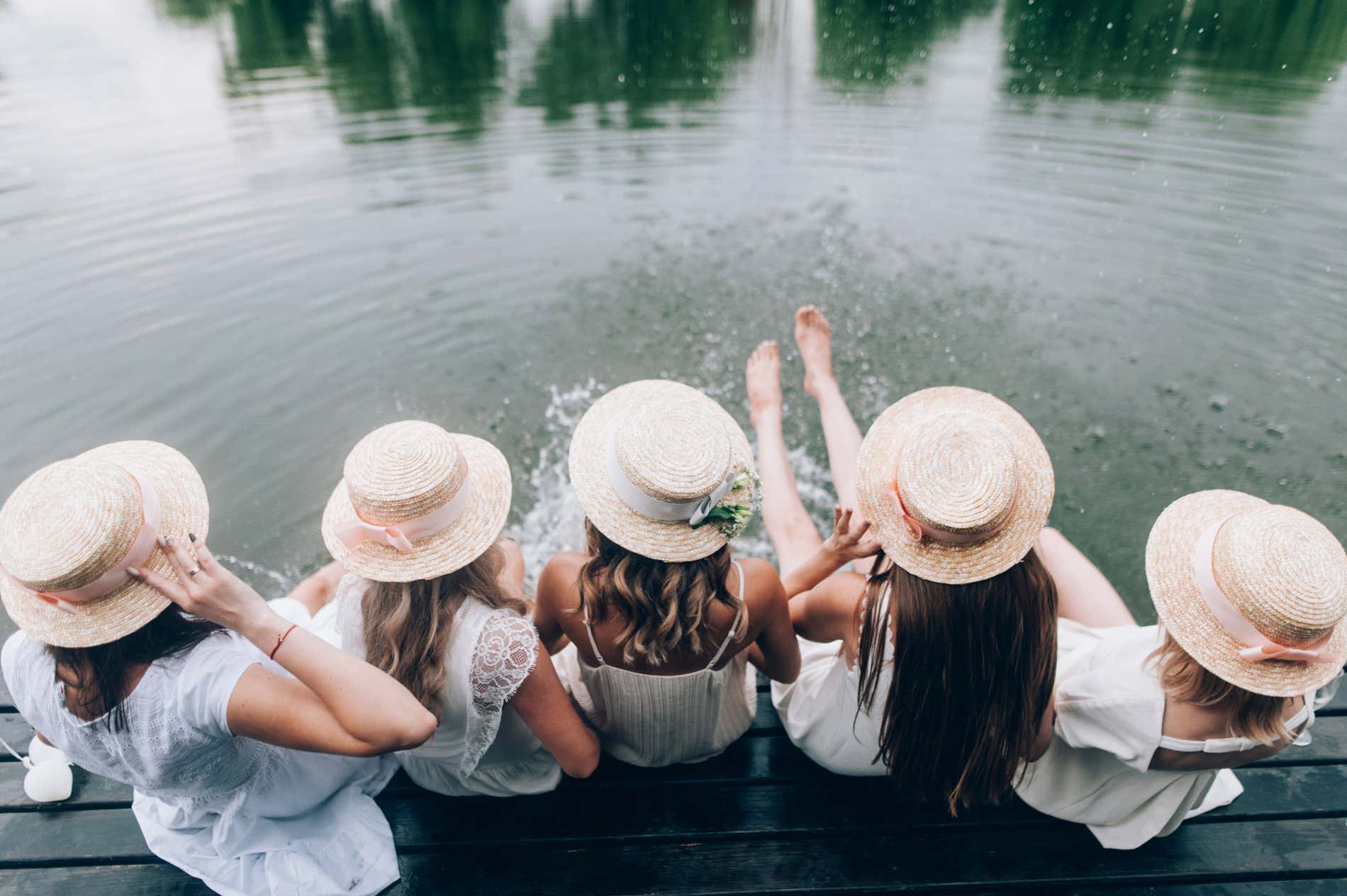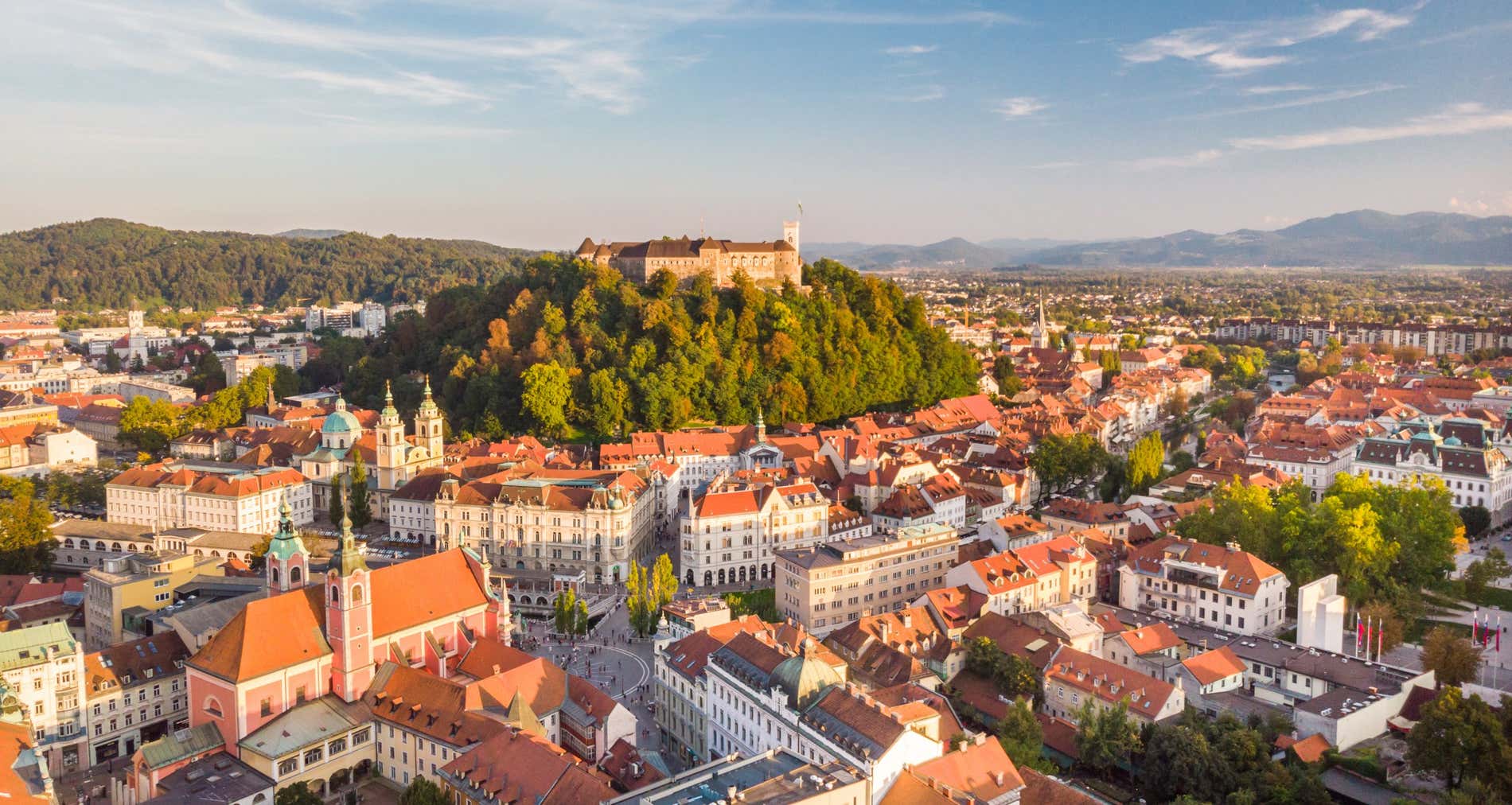10 Things to Do in Ljubljana: Slovenia’s Fairytale Capital
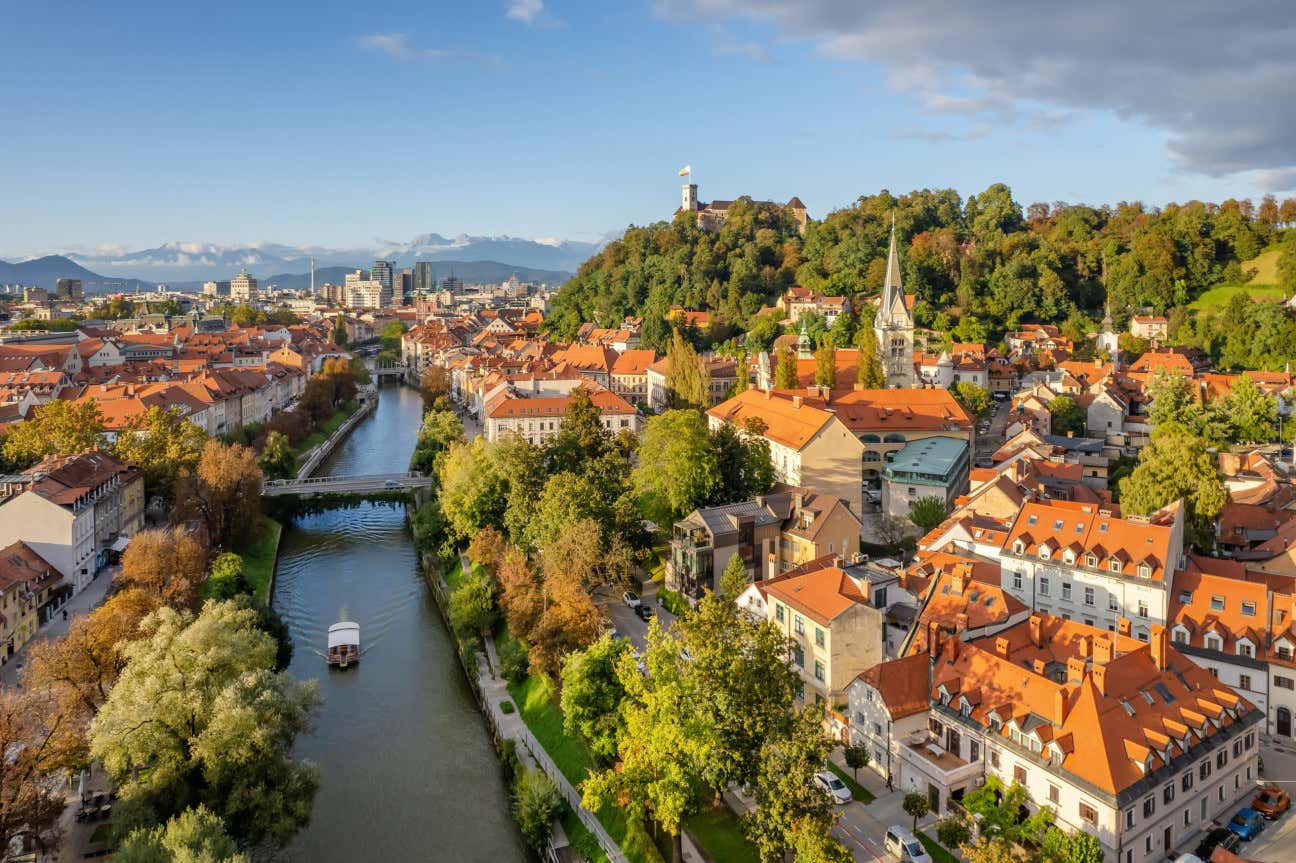
Ljubljana remains one of the most underrated cities in Europe. This medieval city has an undeniable creative and lively spirit within its ancient walls. A hidden gem, it’s compact and easily walkable, making it a joy to explore its cobblestone streets, pastel-colored buildings, and picturesque riverbanks lined with open-air cafés, charming bridges, and vibrant markets.
Also known as the City of Dragons, Ljubljana’s history has been tied to this mythical creature since ancient times. In fact, Ljubljana’s legendary origin story says that the city was founded by the Greek hero Jason, who stopped here on his journey home after stealing the Golden Fleece. At the Ljubljanica River, it is said he slew a fearsome dragon that dwelt there. Across the city, you’ll find statues of dragons, creatures which are said to represent courage and wisdom, two virtues celebrated by the people of Ljubljana.
Today at Civitatis, we’re going to run through the top things to do in Ljubljana, from the main landmarks in the city to hidden gems and day trips—let’s get into it!
What to Do and See in Ljubljana
How do you Pronounce Ljubljana?
Ok, I know lots of you will be thinking this. Ljubljana is pronounced Loo-blee-aa-nuh.
1. Ljubljana Castle
Ljubljana Castle is an 11th-century medieval fortress that looks over the city from the green Castle Hill. Over 900 years, the castle has served as an army barracks, a prison, a military hospital, it has been occupied by the early medieval lords, the Habsburgs, the French, the Austro-Hungarian Empire and more… it has also housed criminals, political prisoners, and those accused of witchcraft. In short, Ljubljana Castle has a long and storied past.
You can make your way up to the castle by taking a 15-minute walk in the shade, or by taking the funicular from Krekov Square. Once at the top, you can explore the walls of the manor and its inner rooms—all the while imagining what life must have been like here in the 12th century. The best way to visit the castle is as part of this Ljubljana guided walking tour, or on this private tour.
Alternatively, you might consider buying the Ljubljana Card. This tourist card allows you to easily and economically explore the city at your own leisure, with access included into the main museums and landmarks included, as well as free public transport!
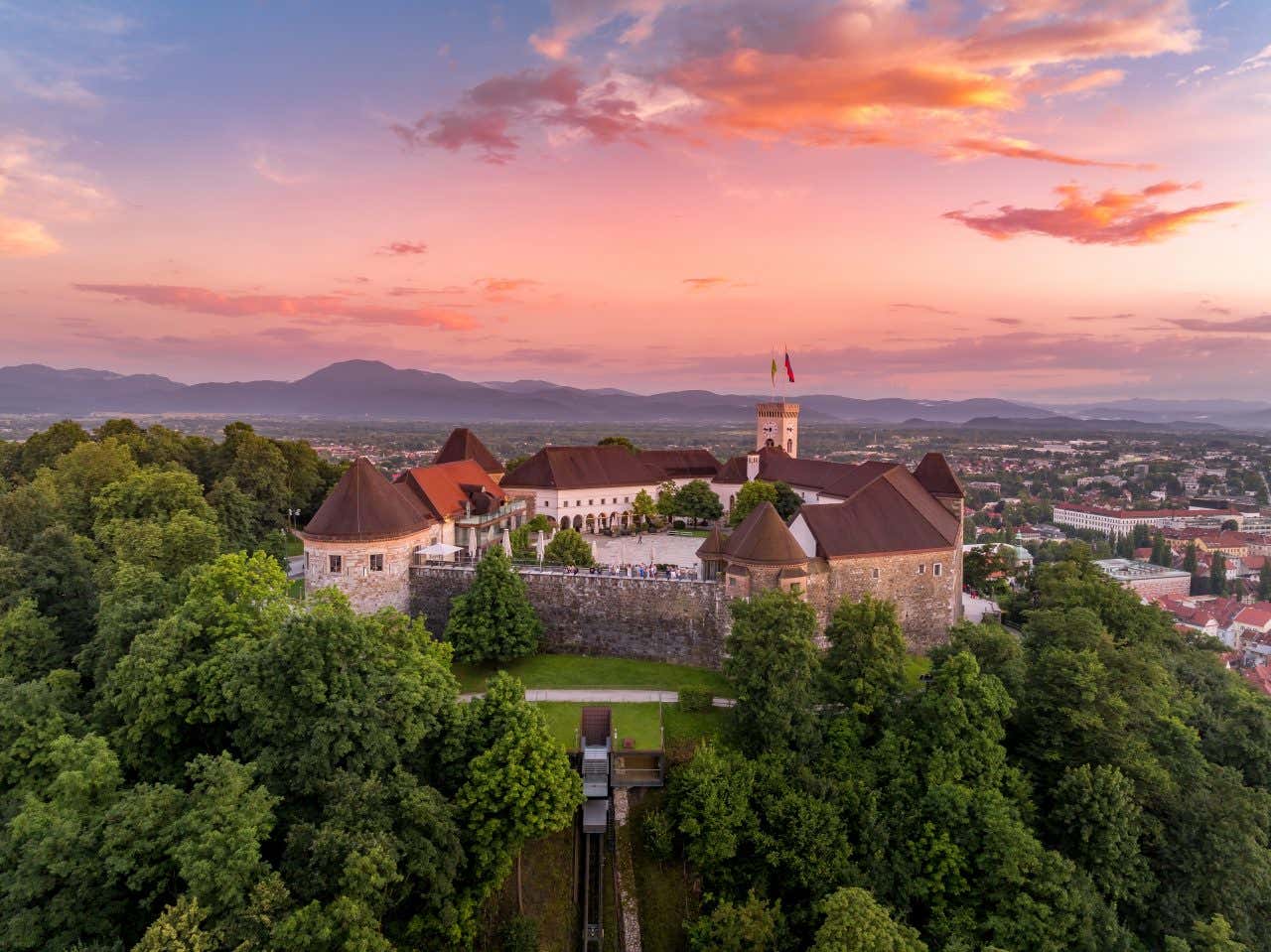
2. Lake Bled
Even if you only have a short time in Ljubljana, it would be a shame to visit and not make a day trip to Lake Bled—one of the most magical settings in the country, defined by its staggeringly bright blue lake that is overlooked by the iconic 12th-century Bled Castle, and the Church of the Assumption of Mary in its center. Only around an hour from Ljubljana, Bled is easily accessible from the city by public transport (bus), or on a day trip with Civitatis.
There are lots of ways to enjoy the simply otherworldly views of Lake Bled. You can walk around the perimeter of the lake, go for a swim, or take a ride on a pletna: a traditional Slovenian boat. We’d also highly recommend visiting Bled Castle, which provides some of the best views of the lake. If you’re looking for a more exciting way to experience Bled, check out this canyoning adventure in Lake Bled.
- Bled day trip from Ljubljana
- Bled & Bohinj day trip from Ljubljana
- Bled, Postojna Cave, & Predjama Castle day trip from Ljubljana

3. Tržnice Central Market
If you want to discover the most genuine Slovenian flavors, you must stop by Ljubljana’s Central Market on Pogačarjev Square. On from Monday to Saturday, this market is mostly open-air, with stalls selling everything from locally produced fruits and vegetables and sauerkraut to cured meats to bread to candles. As well as a place to buy ingredients and street food, this market is a wonderful place to get a feel for the city’s authentic side.
Here you can sample all kinds of products: from bread to meat to traditional sweets and fish. However, if you want to explore Slovenian cuisine to the fullest, we recommend this Ljubljana food tour: you will taste the best of local food and wine in the company of an expert guide.
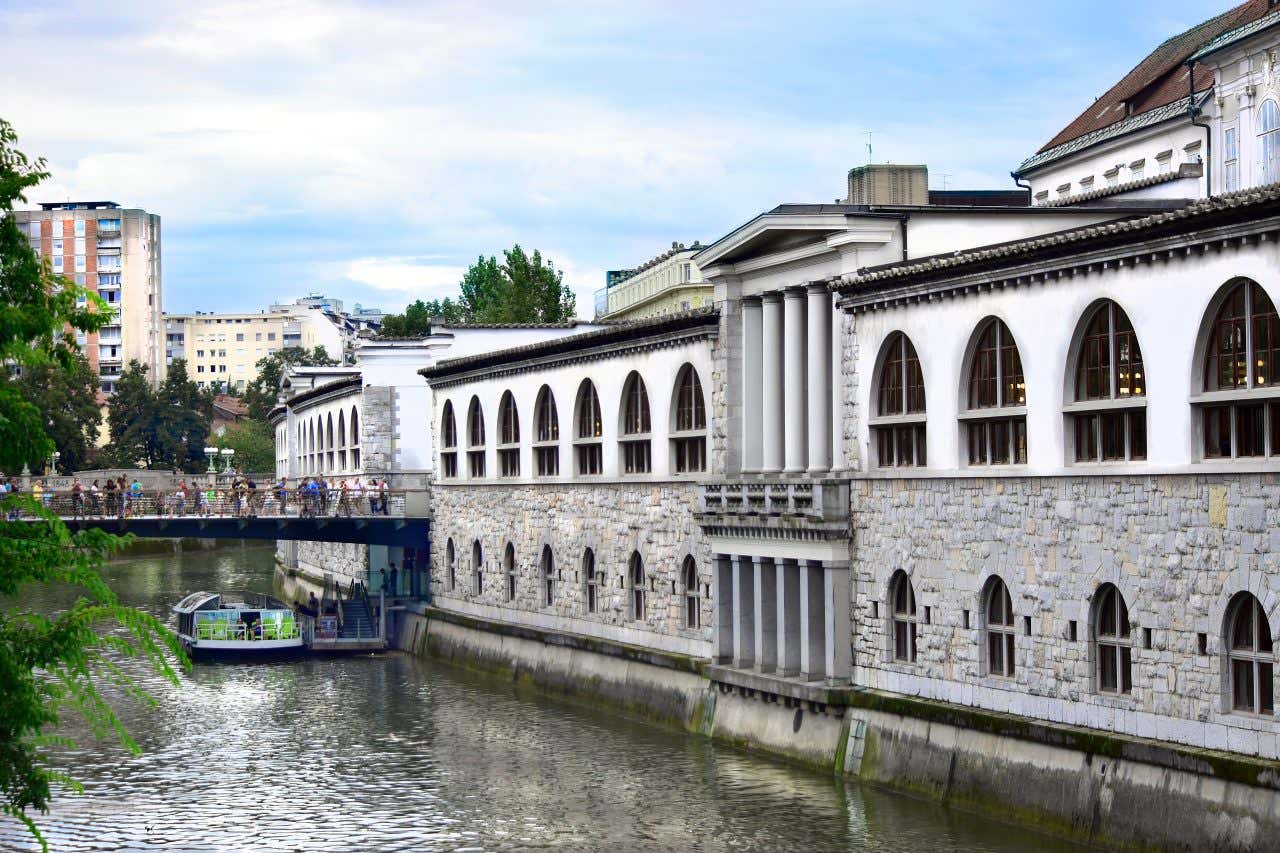
4. Riverwalk
The river that flows through Ljubljana, the Ljubljanica, has served as an important trade route since Roman times, though since the 19th century its importance has diminished with the construction of the railway. A very picturesque promenade stretches along its banks. We recommend that you explore the city from the banks of the river as well: you may spot beautiful historical buildings, as well as striking street art and curious bridges. One of the latter is the Butchers’ Bridge (Mesarski Most), which, while it may not have a romantic ring to it, is famous among couples, who leave padlocks to symbolize their love.
On this cycling tour of Ljubljana, you’ll go right along the riverfront to the center of the capital, checking out various neighborhoods of the city along the way.
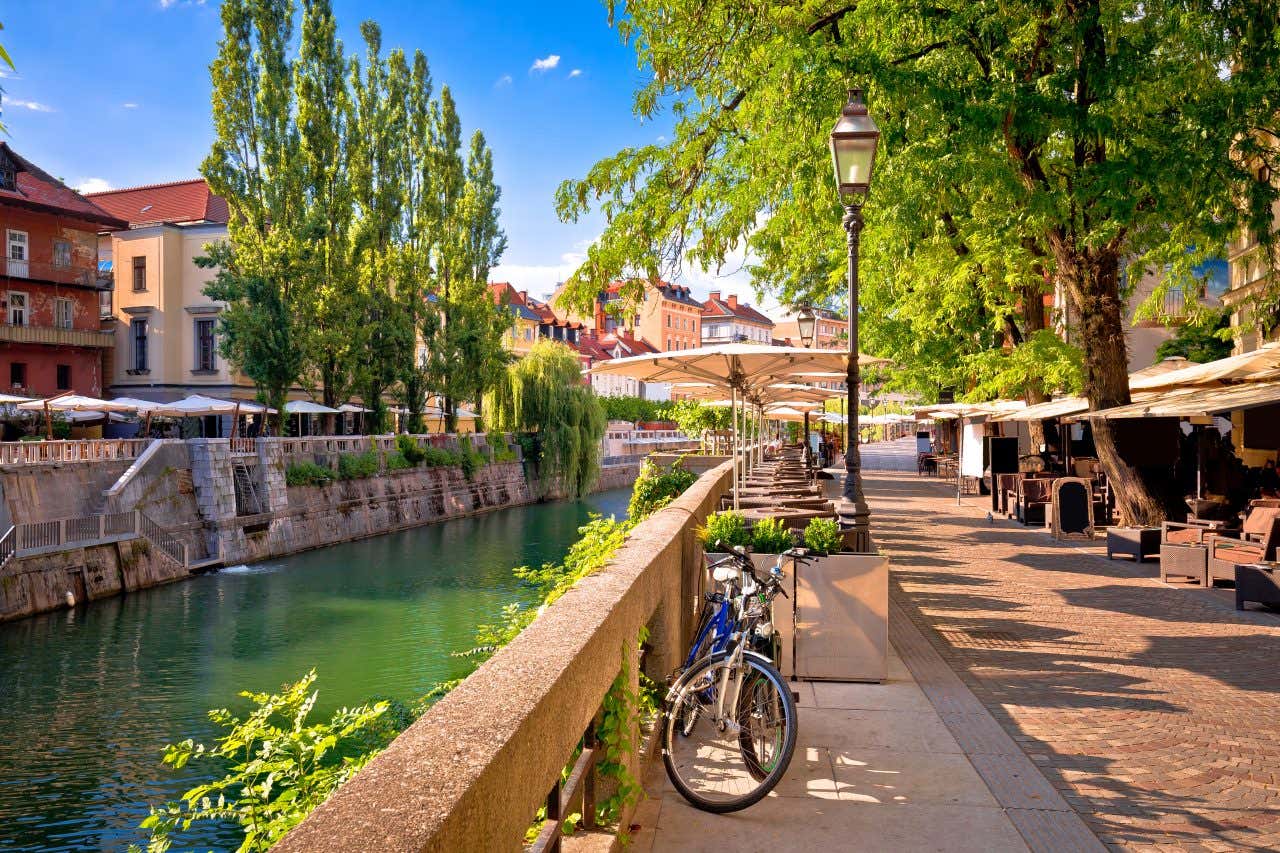
5. Dragon Bridge
It is said that Jason, captain of the Argonauts, after taking the Golden Fleece, started to sail up the Danube, eventually reaching the river Ljubljanica. Here he disembarked his ship to reach the Adriatic, but first had to contend with the ferocity of a large dragon that was guarding the mouth of the river. The hero defeated the monster before reaching the sea and returning to Greece. On the spot where the battle took place, the city of Ljubljana was built, and it would be forever associated with the mythical creature.
The city’s founding legend is brought to life by the majestic bridge decorated with no less than four statues of dragons with decidedly unfriendly features. Don’t let their stern grin frighten you; their job is, in fact, to defend the city from evildoers. From the castle’s funicular railway, the dragon bridge is the first one you will encounter when walking towards the river, right in front of the central market.

6. Prešeren Square
Ljubljana’s main square, Prešeren is a small and intimate space, home to several architectural gems. Once standing at the entrance to the city walls, this square is a common meeting point, and also often the location of concerts, sports, political events, and protests.
Check out the Franciscan Church of the Annunciation, a wonderful pink structure dating back to the 17th century. Inside, you’ll also find rich Baroque decorations and beautiful frescoes. Also, check out the statue of the famous Romantic poet France Prešeren, to whom the square is dedicated. It stands where the entrance to the medieval city walls, now destroyed, once stood.
7. Triple Bridge
You will notice that the square overlooks the riverfront and an impressive cluster of three gorgeous bridges, known as the ‘Triple Bridge’. Since the Middle Ages, a bridge has connected the two sides of the river at this location. Though this bridge has been replaced several times, in the 1930s, two side footbridges were added to allow for increased foot traffic, ultimately giving this crossing a unique appearance.
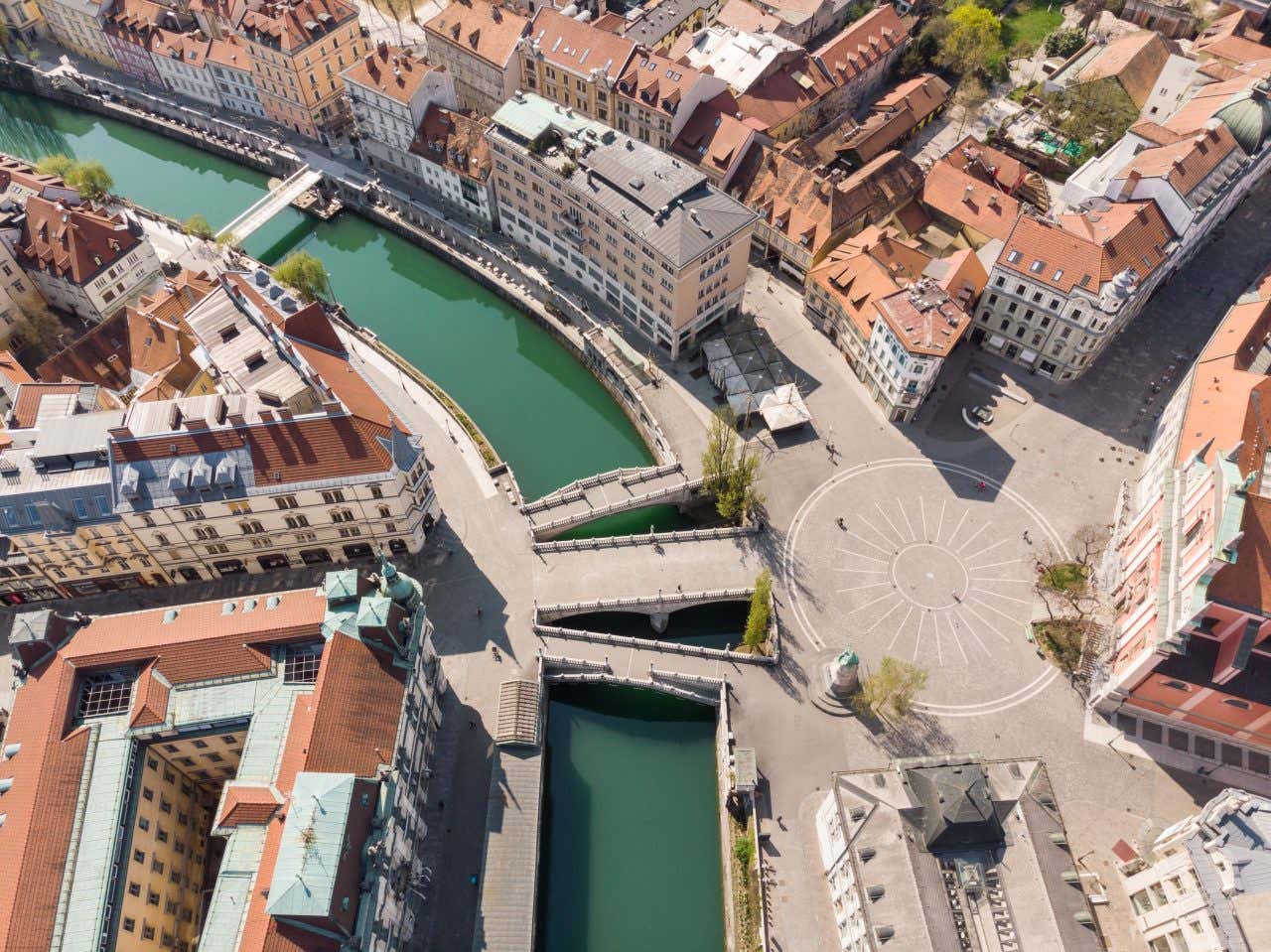
8. St. Nicholas Cathedral
St Nicholas Cathedral in Ljubljana was commissioned by the fishermen’s guild, whose patron saint is St Nicholas. Initially, a small Romanesque church, later destroyed by fires and earthquakes, it was replaced with a new version in the 17th century, designed by Italian architect Andrea Pozzo, in an Italian Baroque style.
Shaped like a Latin cross and flanked by two side chapels, the Cathedral of St. Nicholas is crowned by three distinctive green domes. Inside, admire the wealth of artistic treasures that adorn its interior—from the intimate chapels to the grand, fresco-covered naves to its magnificent, gold-accented organ.
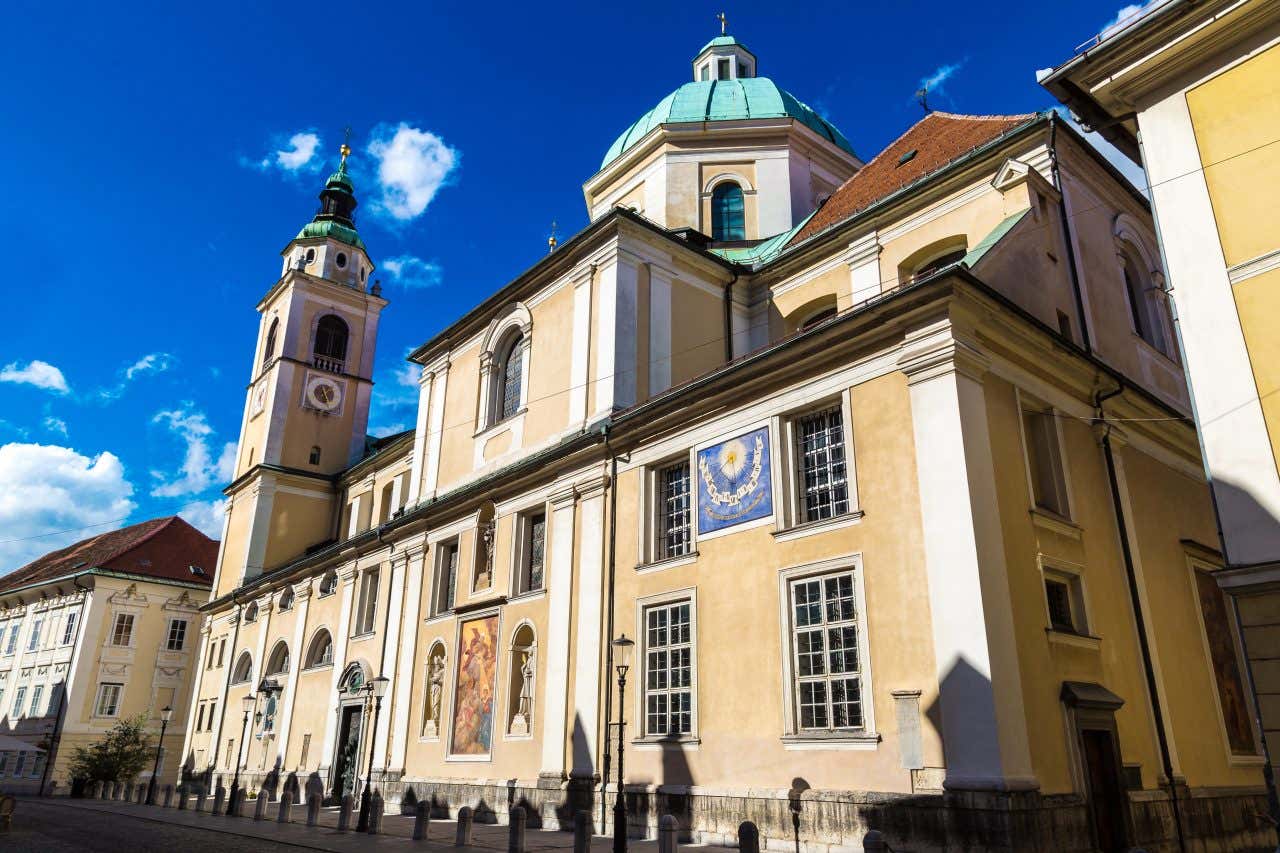
9. Congress Square
Ljubljana is a capital city where different architectural styles merge from Austro-Hungarian elegance to Baroque splendor and Art Nouveau charm. You can check out each of these styles at Congress Square (Kongresni trg), a large, open pedestrian space surrounded by beautiful historical buildings. Among them are the Slovenian Philharmonic, the grand University building, and a refined 19th-century structure that now hosts the Museum of Illusions, which is worth visiting if you have time. The best part about visiting this square however is the wonderful view you can get of Ljubljana Castle in the horizon.
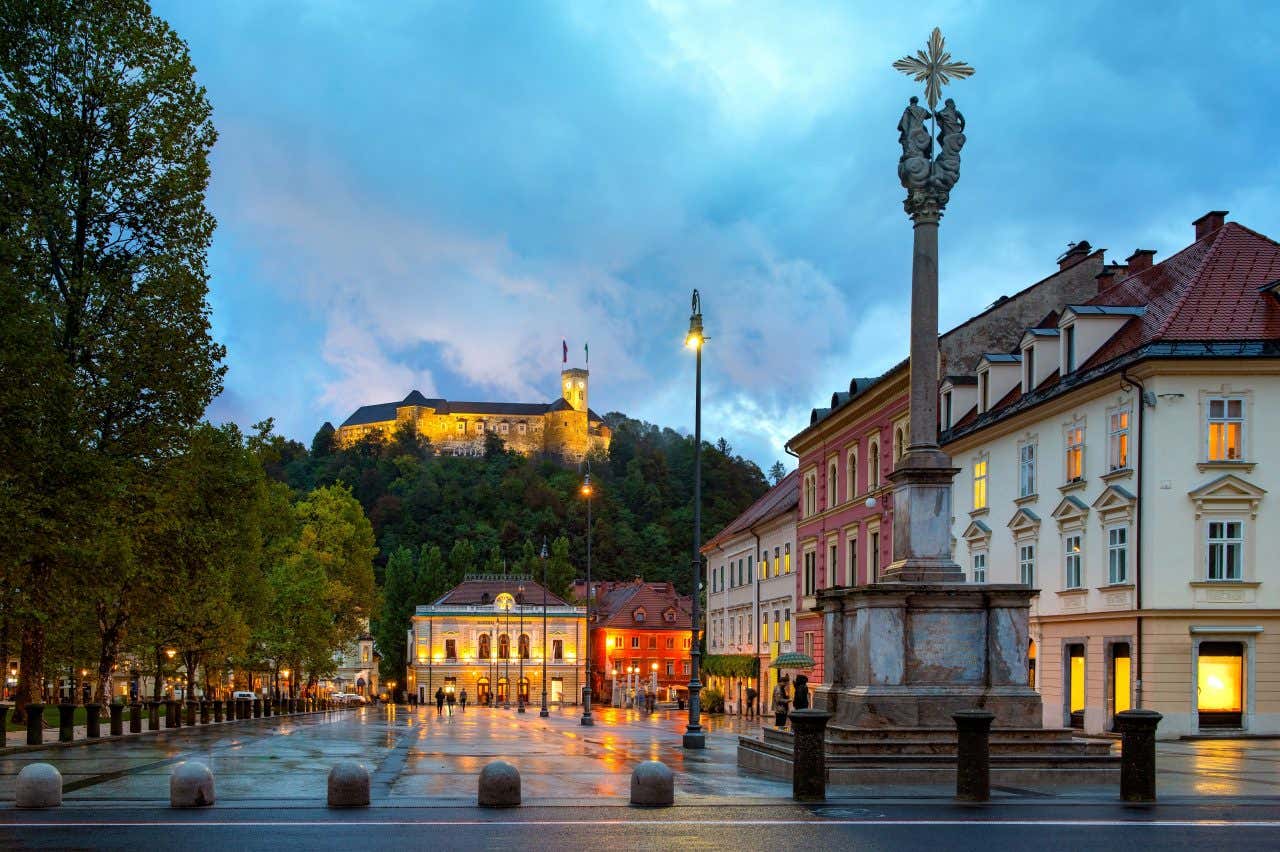
10. Tivoli Park
Ljubljana’s green lung is located just north of its historical center. The Tivoli Park was opened under the Austro-Hungarian Empire, which is clearly reflected in the villas built within it. Here you will find a place to rest and relax. With long tree-lined avenues, picturesque villas, ponds, gardens, and elegant fountains, it is the perfect place enjoy some fresh air, especially in summer. Among the villas in the park are the Tivoli Castle and Villa Cekin, the latter of which also houses the National Museum of Contemporary History, admission to which is included in the aforementioned Ljubljana Card.

11. Nebotičnik Skyscraper
The best view of the capital is not only from the castle walls. After the Second World War, the tallest skyscraper in the Balkans and the ninth tallest in Europe was built in Ljubljana. The Neboticnik looks like something out of Manhattan and can be visited free of charge. Upon entering the elegant 14-storey building, you will find a lift that will take you to the top floor terrace, over 230 ft (70 m) high. At the top, in addition to a breathtaking view, you will also find a restaurant and a cafeteria. The perfect spot to grab a drink while enjoying the sunset over the Slovenian capital.

12. Slovenian Parliament
Several examples of Yugoslav socialist architecture can also be found in the capital of Slovenia. The most iconic of this style of architecture is undoubtedly the Slovenian Parliament on Republic Square, a space that brings together buildings of both similar and contrasting architectural styles. A fascinating example is Cankarjev dom, a congress centre from the 1980s renowned for its distinctive and unconventional design.. A stone’s throw from the Parliament, you’ll also find the Slovenian National Museum and the Natural History Museum, both housed in an elegant 18th-century palace, in complete contrast to the socialist architecture. But then again, it is precisely this seamless succession of eras and styles that makes Ljubljana so fascinating!

13. Metelkova District
And after so much history, let’s dive into contemporary Ljubljana. Don’t miss the amazing Metelkova Mesto district, characterized by murals and curious sculptures. We are sure you will be fascinated by this unique space: a military zone redeveloped into a social center in 1993. Slovenian artists and activists decided to take over the city after the fall of the titular Yugoslavia. Even now, every week, alternative concerts and DJ sets are organised here, ensuring that the Slovenian capital has its own little corner of alternative culture. Here’s what to see in Ljubljana if you like stimulating and original environments!
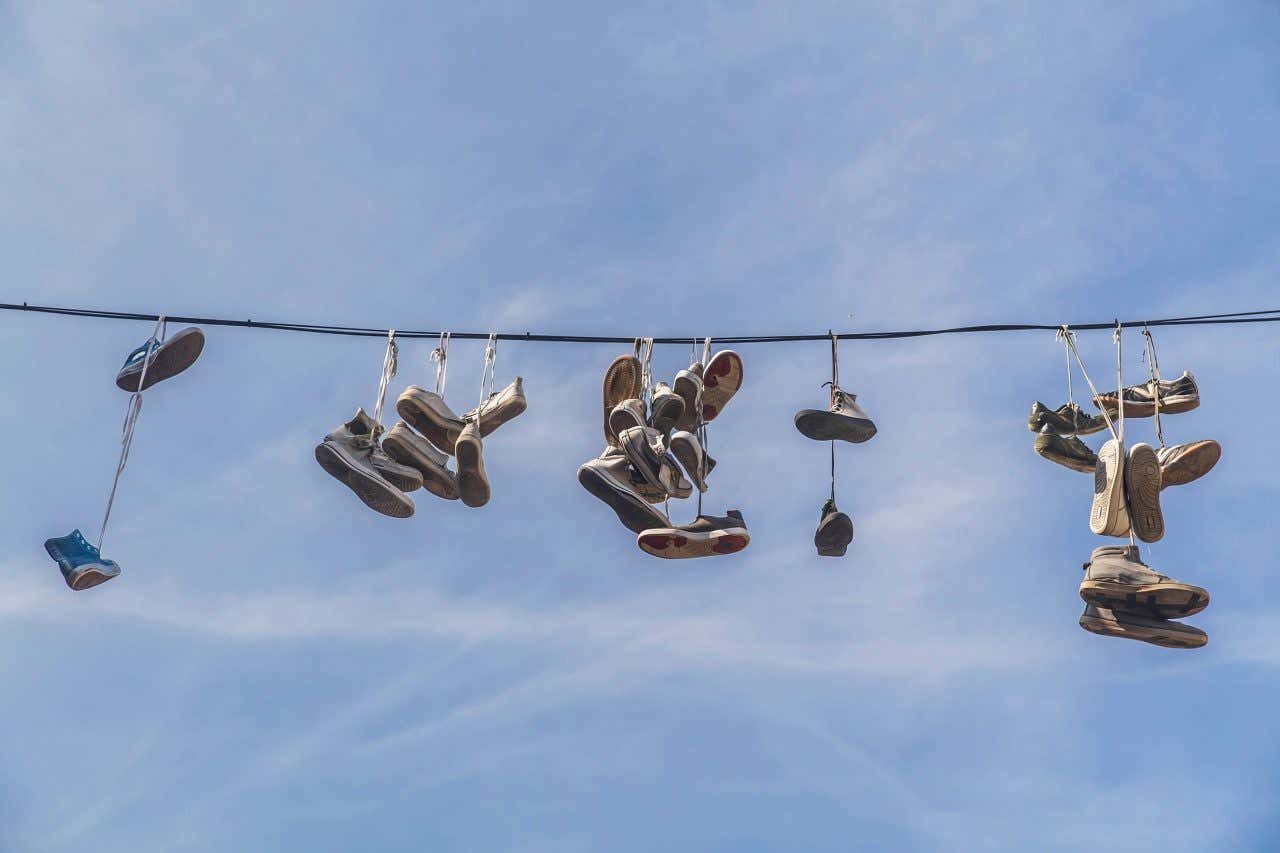
Things to Know Before Visiting Slovenia
Slovenia lies at a crossroads of countries and cultures. Its capital city could only reflect the uniqueness of the country it represents. Its uniqueness is reflected, as we have seen, in its palaces with their multifaceted shapes and colors. But there are other curiosities that make Ljubljana truly recognisable:
- In 2016, Ljubljana was named the European Green Capital, precisely because of its commitment to environmental sustainability and the massive presence of city parks.
- Ljubljana is among the smallest capitals in Europe, with just over 280,000 inhabitants. That is why two days are enough to visit it all.
- In the 1920s, the center of Ljubljana was redesigned on the model of Athens by the famous architect Jože Plečnik.
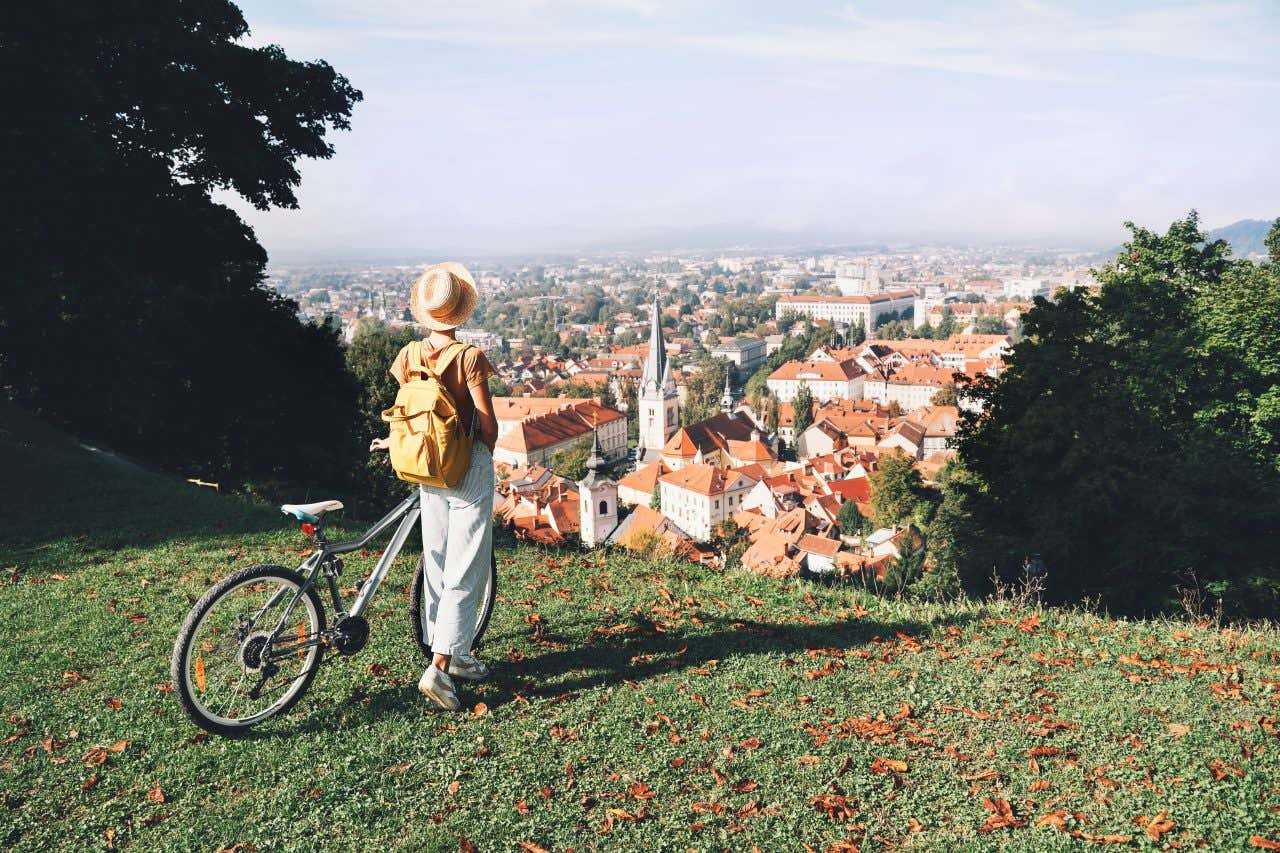
Now that you know everything you need to know about what to see in Ljubljana, you are also ready to make the most of your visit to this small but beautiful city! And don’t forget: if you need inspiration for your next trip, check out more tours & experiences in Ljubljana with Civitatis. We have the best tours, free tours, guided tours, and excursions around the world in store for you!





